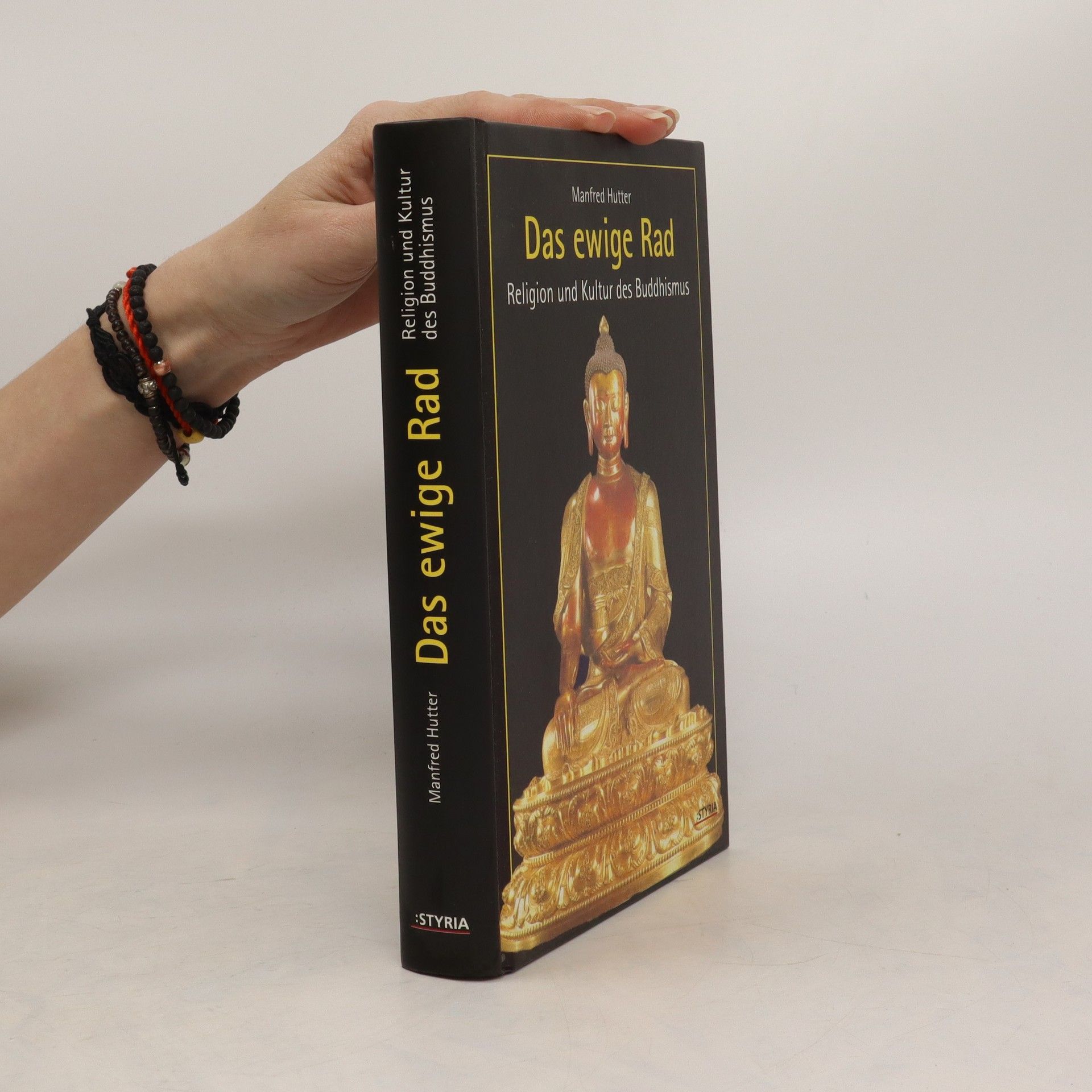Iranische Religionen
Zoroastrismus, Yezidentum, Bahāʾītum
Die drei iranischen Religionen stehen in Wechselwirkung mit der Gesellschaft, die – geschichtlich und gegenwärtig – nicht auf das Staatsgebiet der heutigen Islamischen Republik Iran beschränkt ist. Der Zoroastrismus ist im ostiranischen Kulturraum, d. h. in zentralasiatischen Gebieten, entstanden, das Yezidentum ist immer eng mit den kurdischen Raum verknüpft gewesen und das Bahā’ītum stammt zwar aus dem persischen Milieu, hat sich aber bereits in den ersten Jahrzehnten seiner Existenz über den Iran Raum hinaus verbreitet. Daher behandelt das Buch in ausgewogener Weise das unterscheidend Eigene und das verbindend Gemeinsame der Religionen. Dies geschieht durch einen weitgehend parallelen Aufbau der drei Hauptkapitel, in denen die Entwicklung jeder Religion, ihre Weltbilder und rituellen Praktiken sowie Organisationsformen als gesellschaftliche Gruppe dargestellt werden. Das Schlusskapitel bettet sie in den religiösen Pluralismus und die Religionspolitik der Islamischen Republik Iran ein. Dadurch wird das Buch für Religionshistoriker und Theologen in gleicher Weise relevant wie für Islamwissenschaftler, Iranisten und Politik- bzw. Sozialwissenschaftler in Bezug auf den Nahen Osten.





